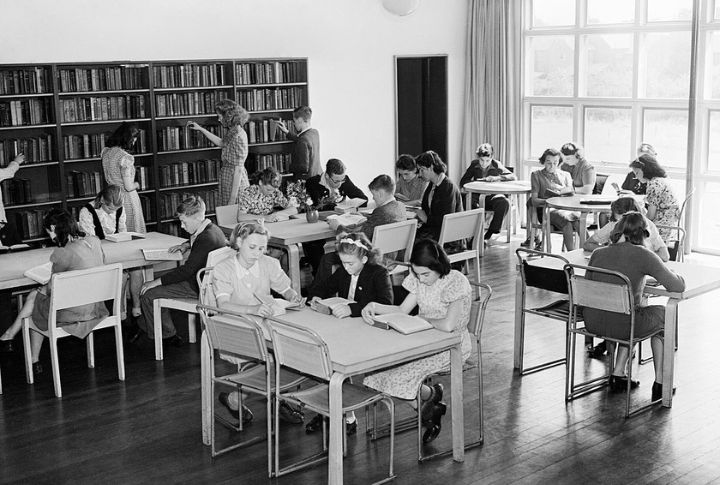
High school in the ’50s was all about rigid rules, unbending expectations, and discouraging individuality. Every aspect of school life seemed like it was made to fit students into predefined molds. Let’s explore 20 things that made ’50s high schools completely different.
Strict Dress Codes Were Everywhere
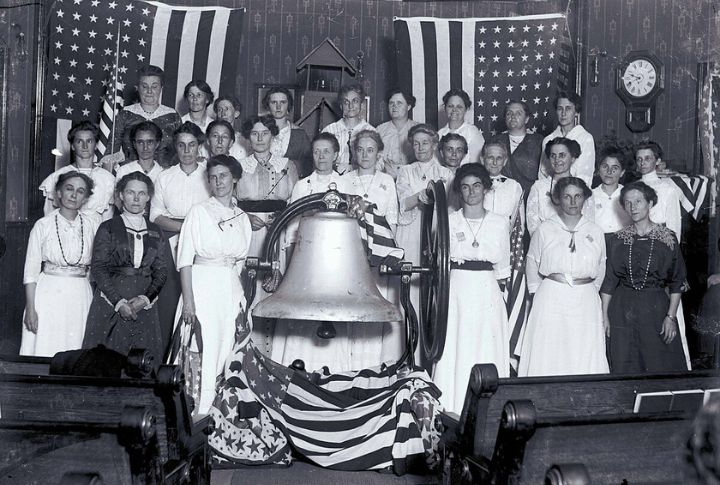
Rules about clothing were non-negotiable. Girls had to wear skirts that passed fingertip checks, while boys wore ties daily. Schools believed attire reflected discipline and respect. Teachers even carried rulers to measure hemlines for compliance. Your outfit could dictate your day.
Corporal Punishment Kept Order
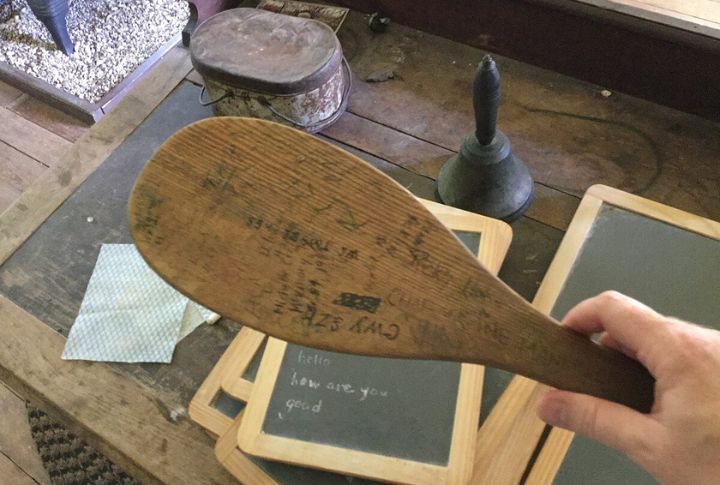
A wooden paddle was never simply a warning; it was reality. Teachers used it for minor infractions like chewing gum or being late. A “character-building” approach that was legal across most states. Discipline wasn’t just about rules—it defined respect for authority in schools.
Segregation Was Still The Norm
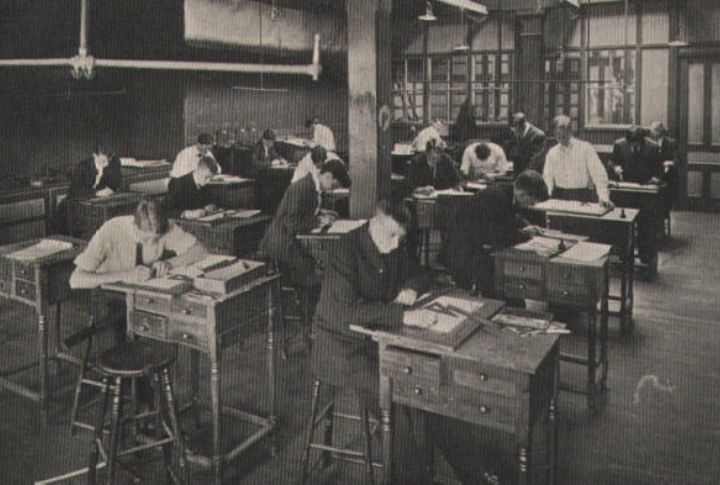
High school experiences varied drastically by race. In the ’50s, many schools were segregated despite the 1954 “Brown v. Board of Education” ruling. Southern states resisted integration and created stark contrasts in opportunities. For some, lack of equality was the norm.
Chewing Gum Could Land You In Detention

Even a small stick of gum caused chaos. Schools viewed this as disruptive and unhygienic. Penalties ranged from detention to manual removal of hardened pieces off desks. This habit was likely one of the most common classroom offenses for which students were penalized.
Girls Couldn’t Wear Pants
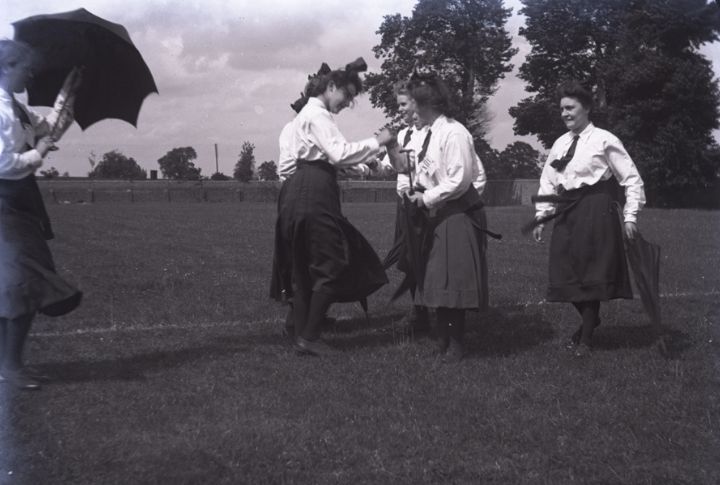
Imagine being sent home for wearing trousers. Girls faced suspension for defying the skirt rule, as pants were deemed unladylike. This restriction reflected the rigid gender norms of the time, where conformity to societal expectations ruled every aspect of schools.
Teachers Could Demand Haircuts
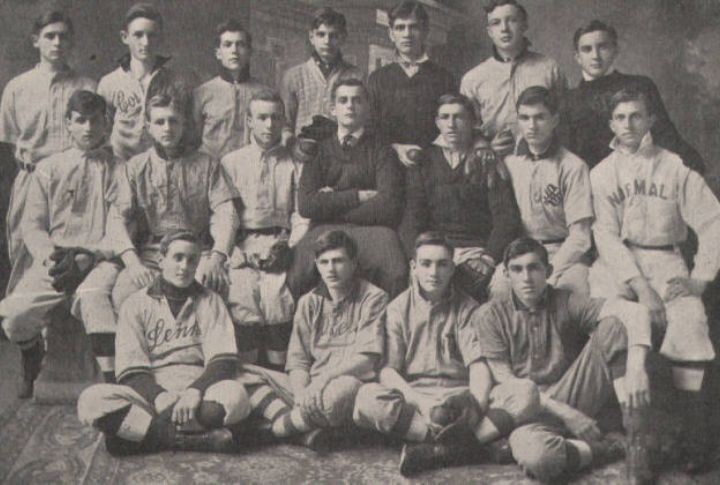
If a boy’s hair grazed his ears, he risked being sent home. Schools maintained strict policies on “clean-cut” appearances. Long hair was associated with rebellion. Barbers often visited schools to enforce this rule. Keeping your hair trimmed wasn’t a preference—it was the law in schools.
Boys Were Expected To Attend Shop Classes
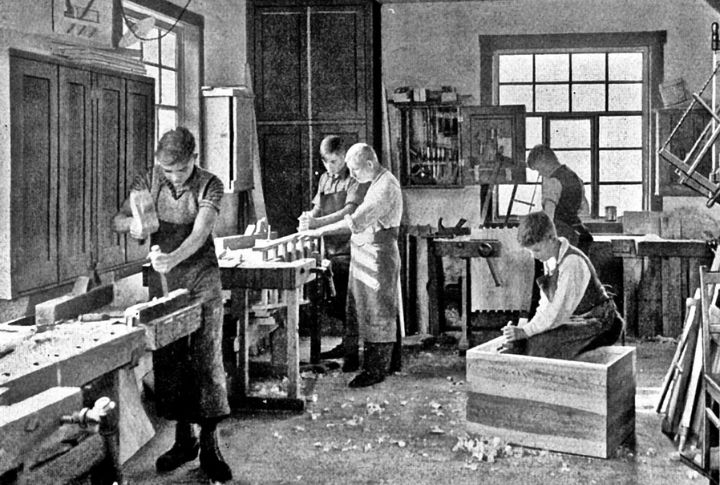
Shop classes were a rite of passage for boys. These courses focused on hands-on skills like metalworking, carpentry, and other trades. The goal was to prepare them for manual labor or technical jobs, reinforcing gender roles that saw men in blue-collar professions.
Home Economics Was A Requirement For Girls
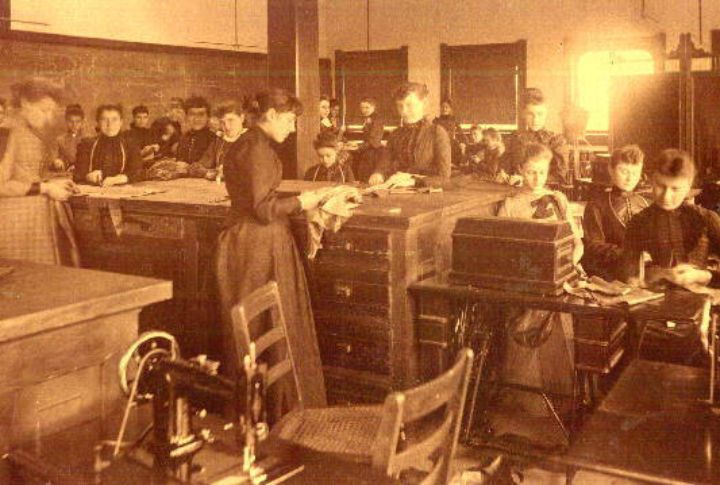
Subjects were not a choice. A few high schools made some subjects compulsory for female students in the ’50s. Girls had to learn how to master the kitchen. Sewing and budgeting were also included in this subject. The lessons were meant to reinforce traditional roles.
Talking Back Brought Severe Consequences
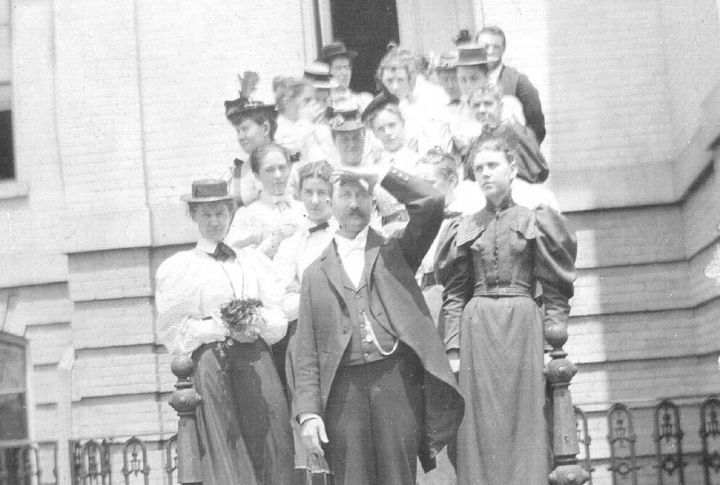
One word too many, and you’d find yourself in hot water. Backtalk was considered rude and a breach of respect. If students did this, they faced public reprimands or penalties. In short, teachers commanded absolute authority, and to question them was a direct line to trouble.
Gym Class Was Like Boot Camp
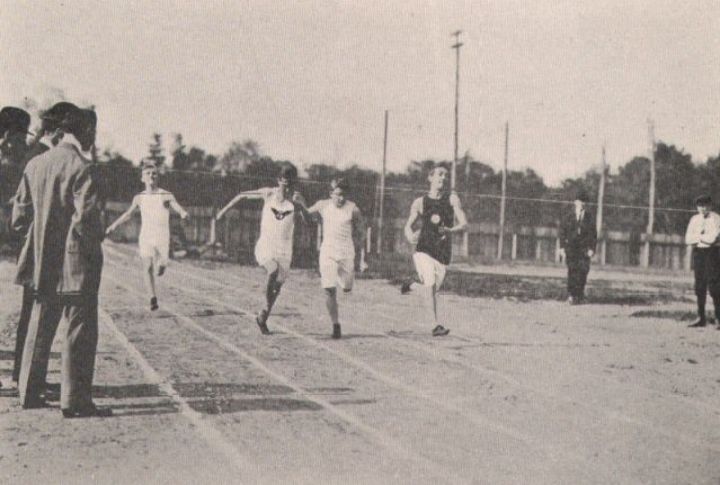
Running, climbing, and endless drills—gym class felt like a training ground rather than a break from academics. Fueled by Cold War fears, schools pushed students to build strength and endurance, measuring their abilities with stopwatches and strict performance standards.
The Pledge Of Allegiance Was Mandatory
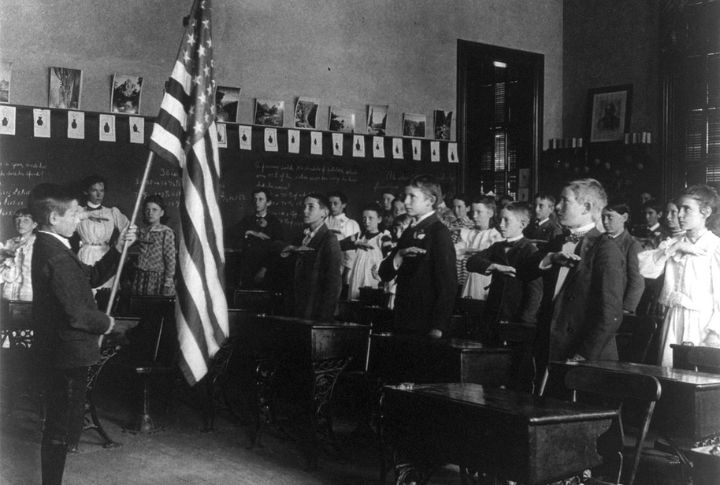
Every school day began with patriotism. Students stood, faced the flag, and recited the Pledge of Allegiance. This practice peaked during the Cold War to reinforce loyalty. Not participating drew serious scrutiny from teachers and peers alike and could even be seen as un-American.
Skipping Class Was A Major Offense
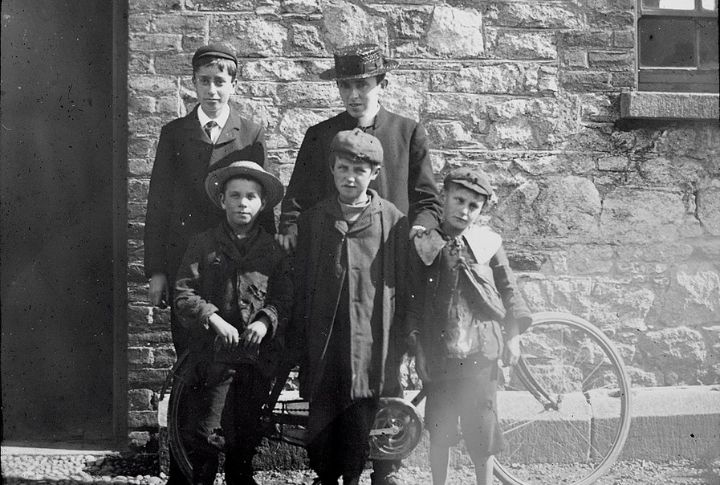
No-shows at school were not treated as skipping school—it was breaking the rules. Truancy was a community issue. Truancy officers patrolled neighborhoods and dragged absent students back to school. Parents were also held accountable and faced fines for their children’s absences.
Silence In The Library Was Sacred
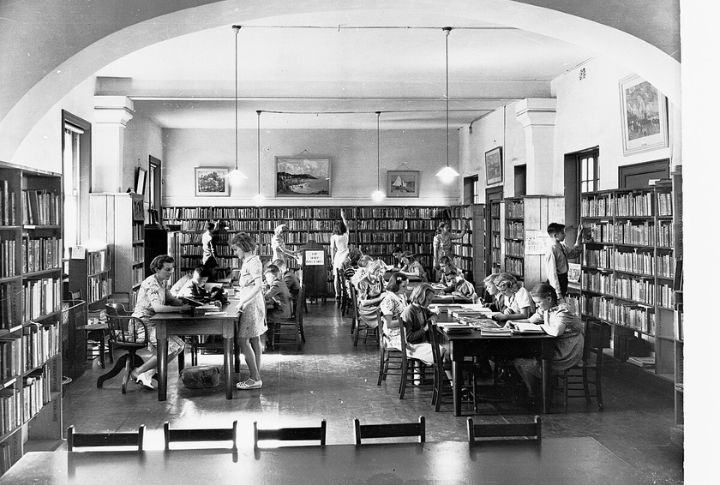
Libraries in the ’50s demanded absolute silence. To not follow this rule meant serious consequences, even expulsion. Today, libraries prioritize the management of noise levels over total silence. Such a change talks about a more lenient and sensible approach in modern educational environments.
Prom Dress Codes Were Non-Negotiable

Prom was treated as more than a dance; it was a formal event. Schools provided detailed dress codes that ensured all attire was “appropriate.” Girls wore floor-length dresses, while boys donned tailored suits. Failure to comply could mean being barred from the event entirely.
Leaving Campus Was Forbidden
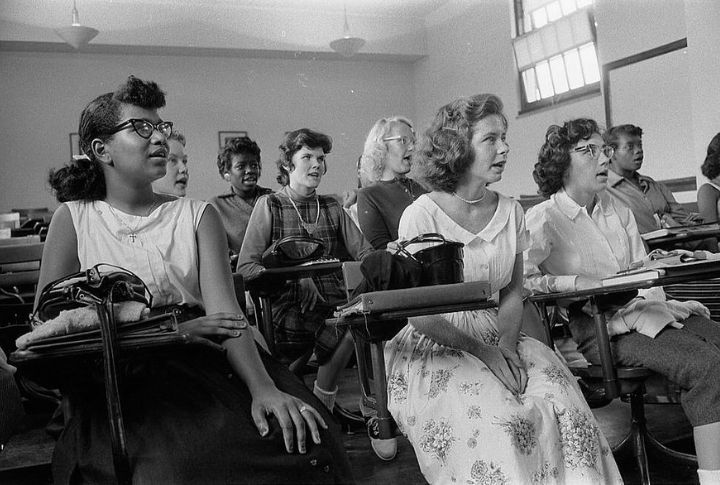
The school day meant you had to stay put. Once you entered, leaving without permission was a serious infraction. Schools enforced this rule to prevent disruptions and maintain safety. Any student caught sneaking out faced severe consequences like disciplinary action and expulsion.
Quiet Lunches Were Expected
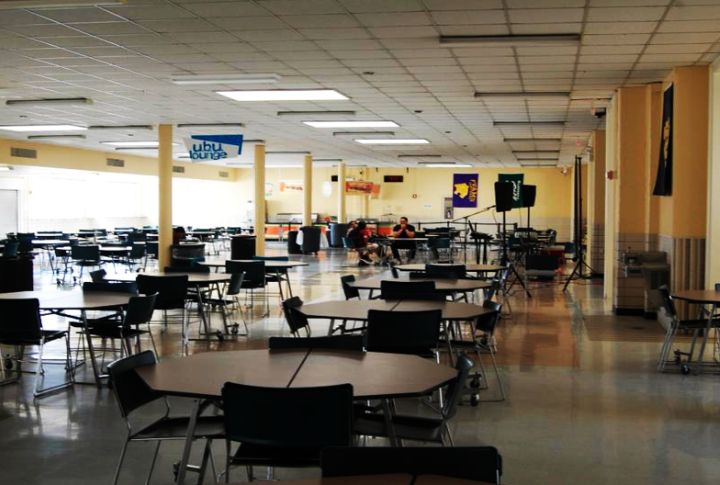
Rather than a break, lunch felt like an extension of the school’s strict structure. Students had to eat quietly, always aware that teachers were monitoring their noise. If a table got too loud, everyone paid the price, reinforcing the rigid rules that defined daily life.
Assemblies Were Frequent And Formal
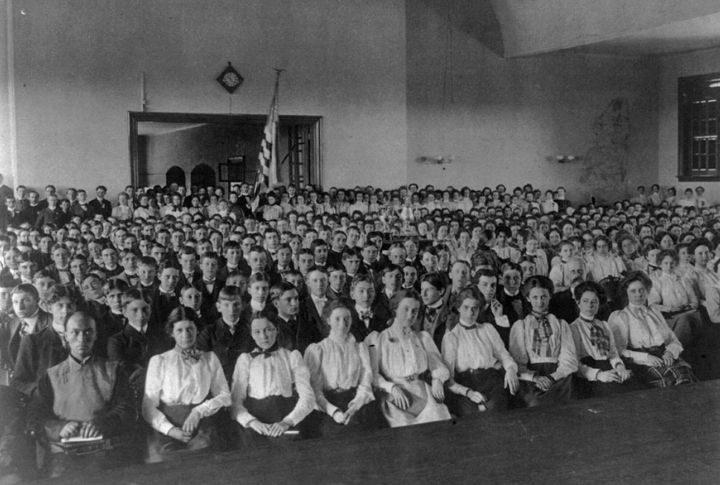
Schools held regular assemblies to instill values and share important updates. These gatherings were serious affairs, with assigned seats and strict rules about behavior. Patriotism and religion often took center stage, followed by motivational speeches, which were the cultural norms of the era.
Displays Of Affection Were Strictly Banned
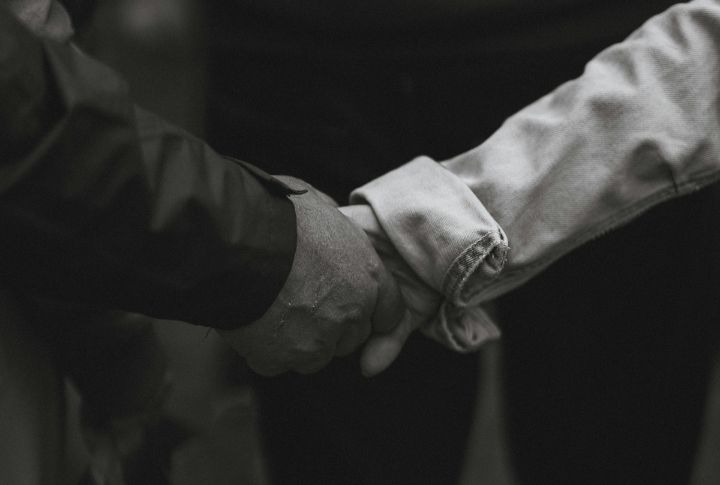
No physical touch that was deemed romantic was allowed. Schools viewed public displays of affection as inappropriate and unprofessional. Couples caught breaking this rule faced penalties or worse. Romance existed, but it had to be subtle—or at least off school grounds.
Etiquette Classes Were Common
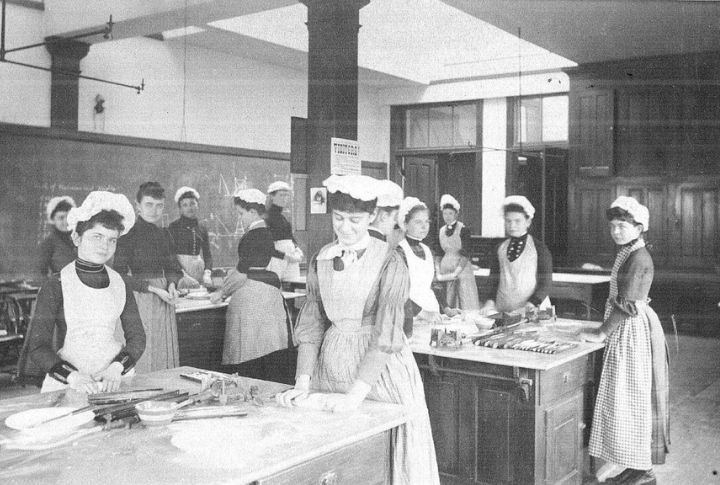
Girls practiced walking with books balanced on their heads, while boys learned proper table manners. Such classes aimed to prepare students for “polished” adult lives. Etiquette training was more than manners—it reinforced societal expectations of respectability and poise.
Public Detentions Were A Humiliation Tactic
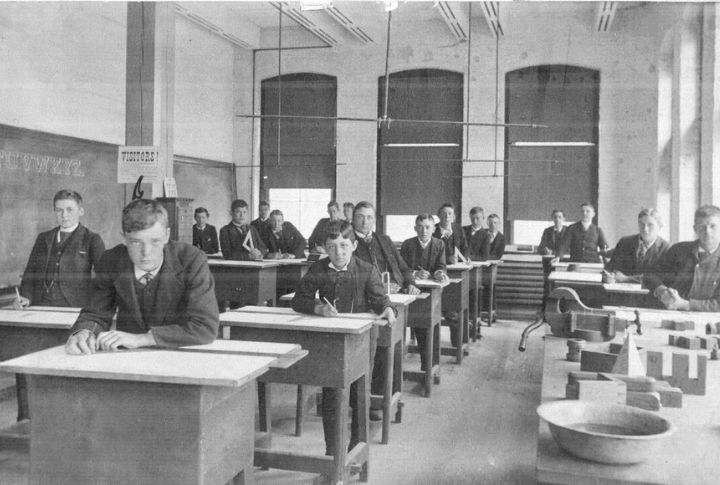
Detentions weren’t hidden; they were public and intentional. Students served their punishment in visible spaces, such as the school library or cafeteria. Such tactics leveraged peer pressure to discourage rule-breakers. Being seen publicly punished was enough to deter most students.

